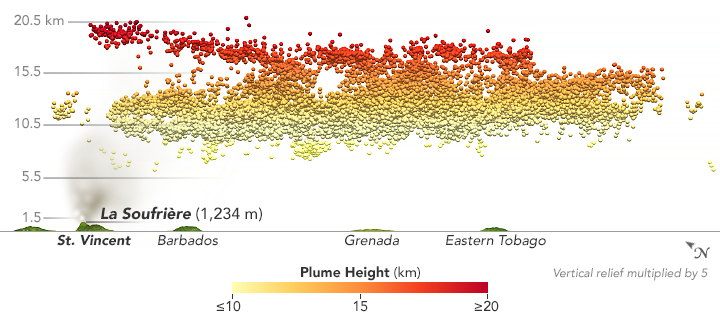Farmers, researchers, meteorologists, and others now have access to high-resolution NASA data on soil moisture, thanks to a new tool developed by the U.S. Department of Agriculture (USDA)’s National Agricultural Statistics Service (NASS), NASA and George Mason University.
The app, Crop Condition and Soil Moisture Analytics (Crop-CASMA), provides access to high-resolution data from NASA’s Soil Moisture Active Passive (SMAP) mission and the Moderate Resolution Imaging Spectroradiometer (MODIS) instrument in an easy-to-use format. Soil moisture data are critical for professionals in the agriculture and natural resources sectors who use soil moisture in tandem with other data to plan crop planting, forecast yields, track droughts or floods, and improve weather forecasts.
Read the entire article at https://www.jpl.nasa.gov/news/nasa-data-powers-new-usda-soil-moisture-portal


